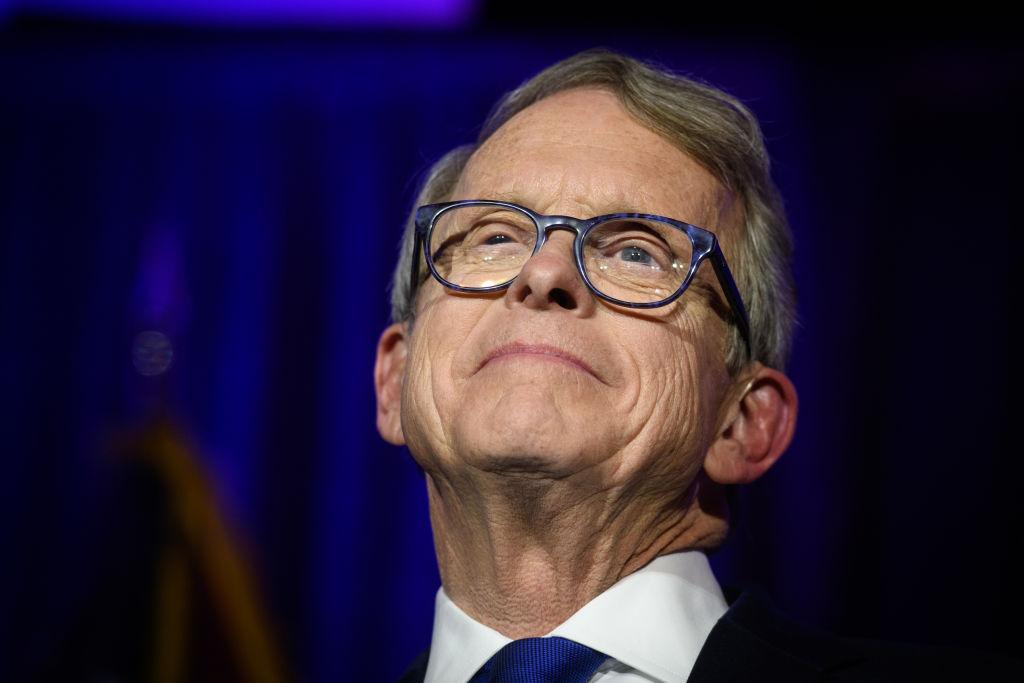Some businesses in Ohio that were shut down under Gov. Mike DeWine’s stay at home order will be able to reopen beginning on May 1, the Republican said on Thursday, even as he warned the workplace would be different than prior to the COVID-19 pandemic.
Ohio has seen the curve of hospitalizations, or the rise and peak, flatten in recent days, a trend that’s continued for a week.





